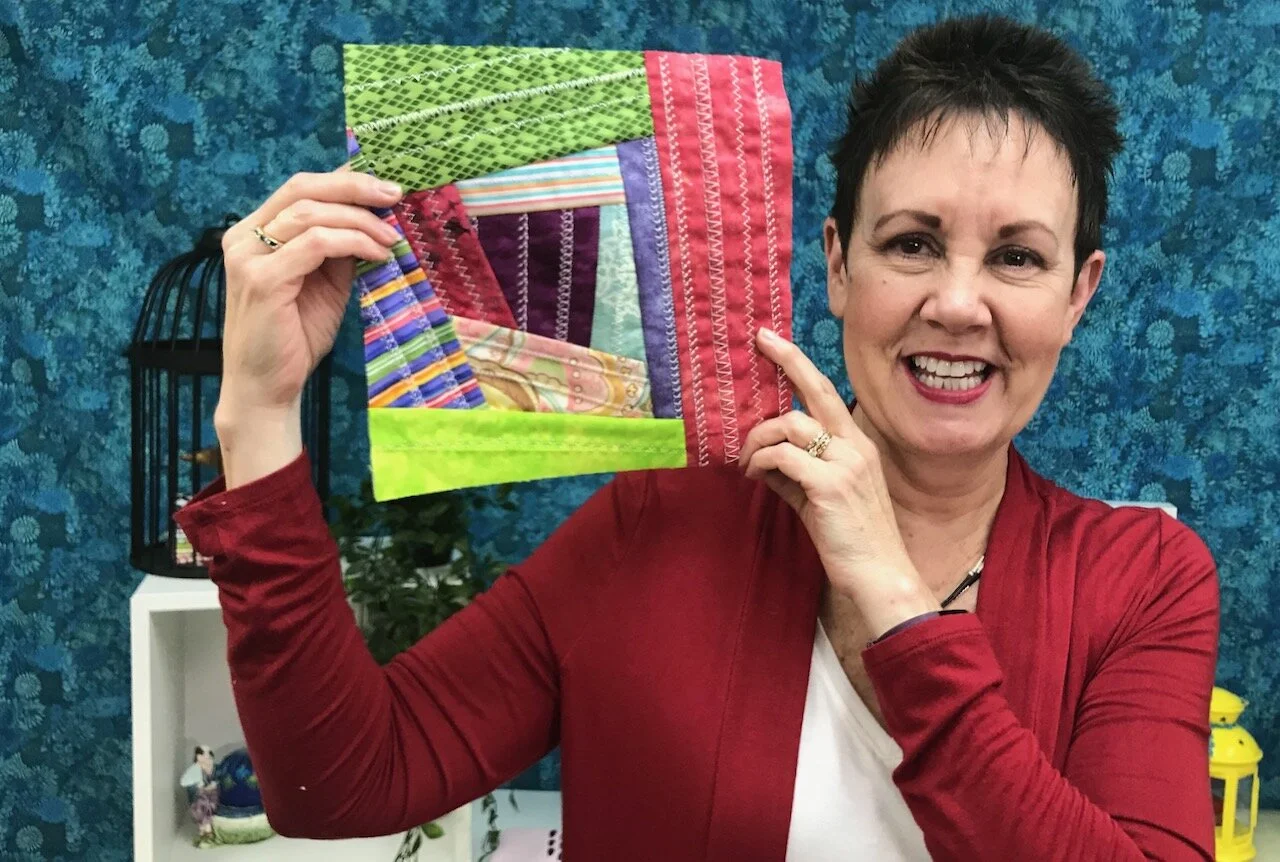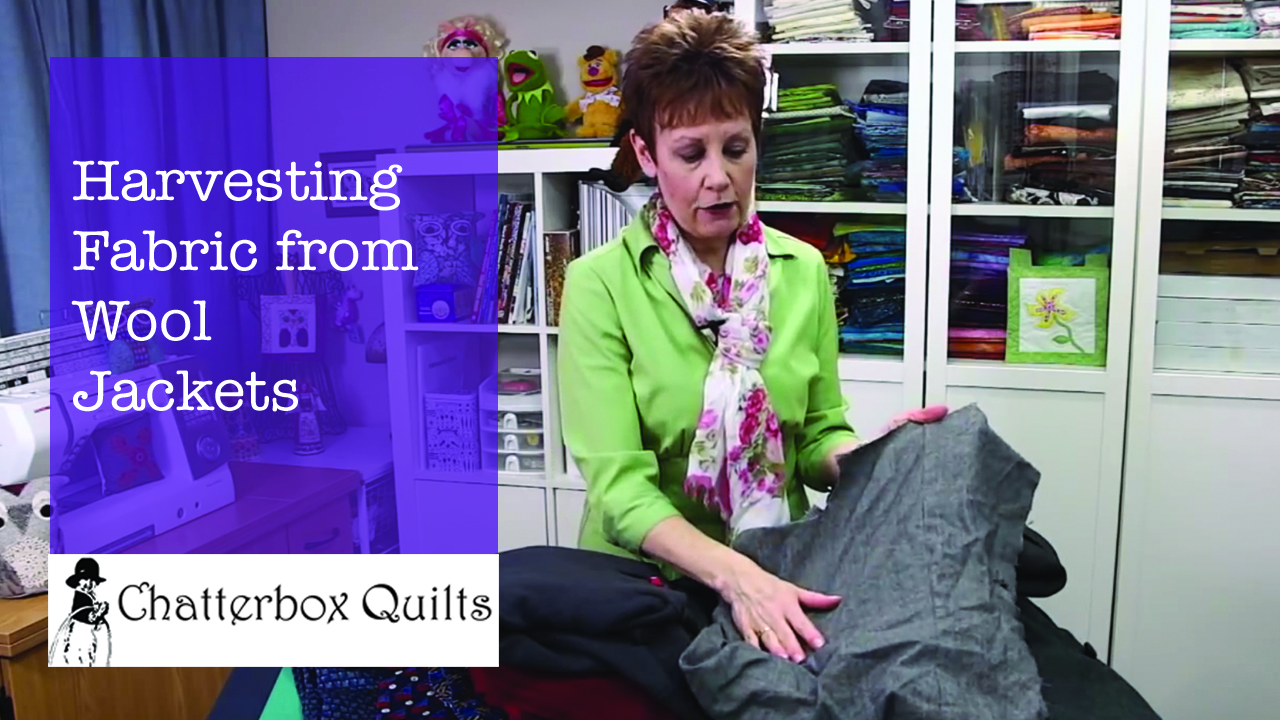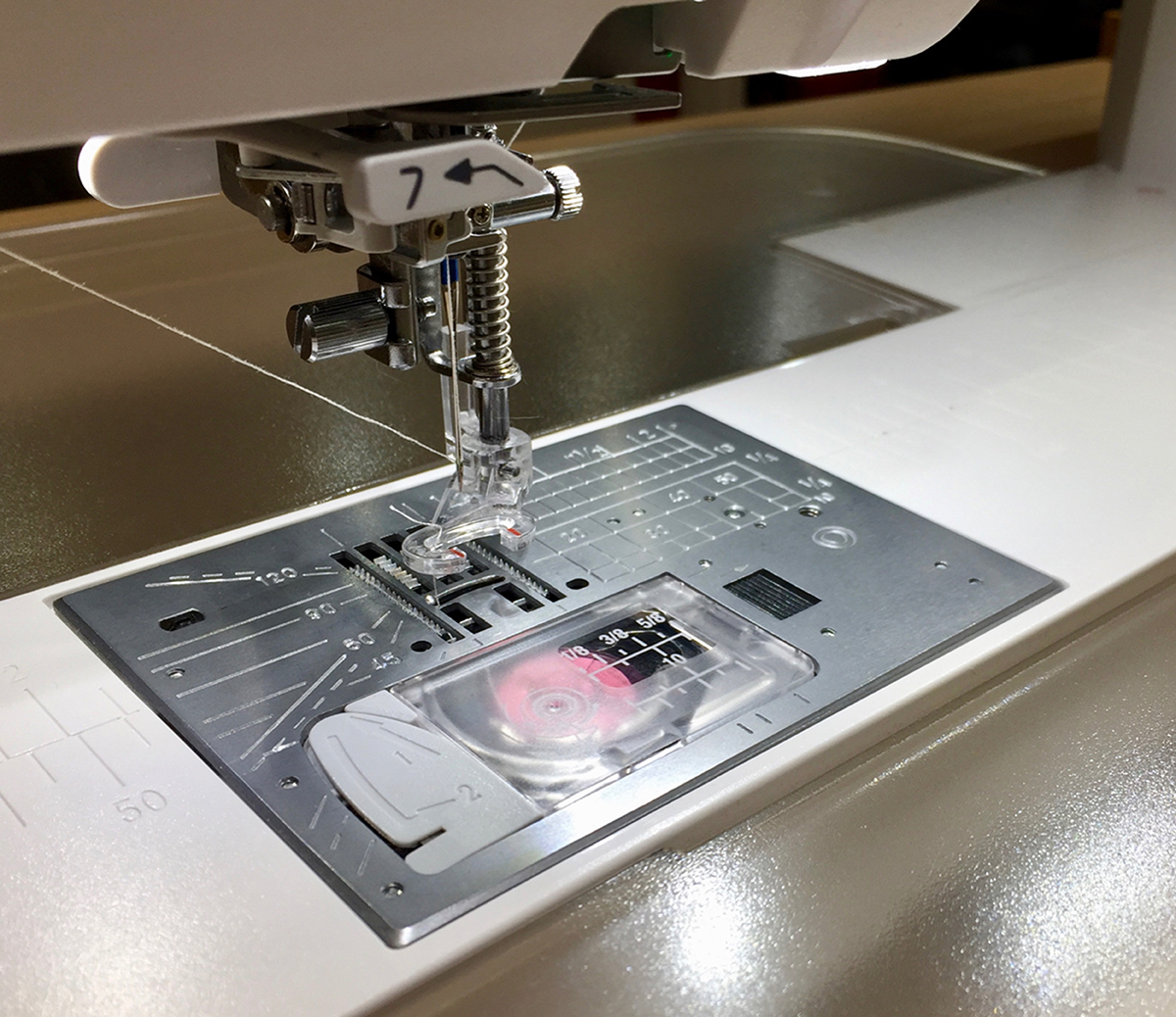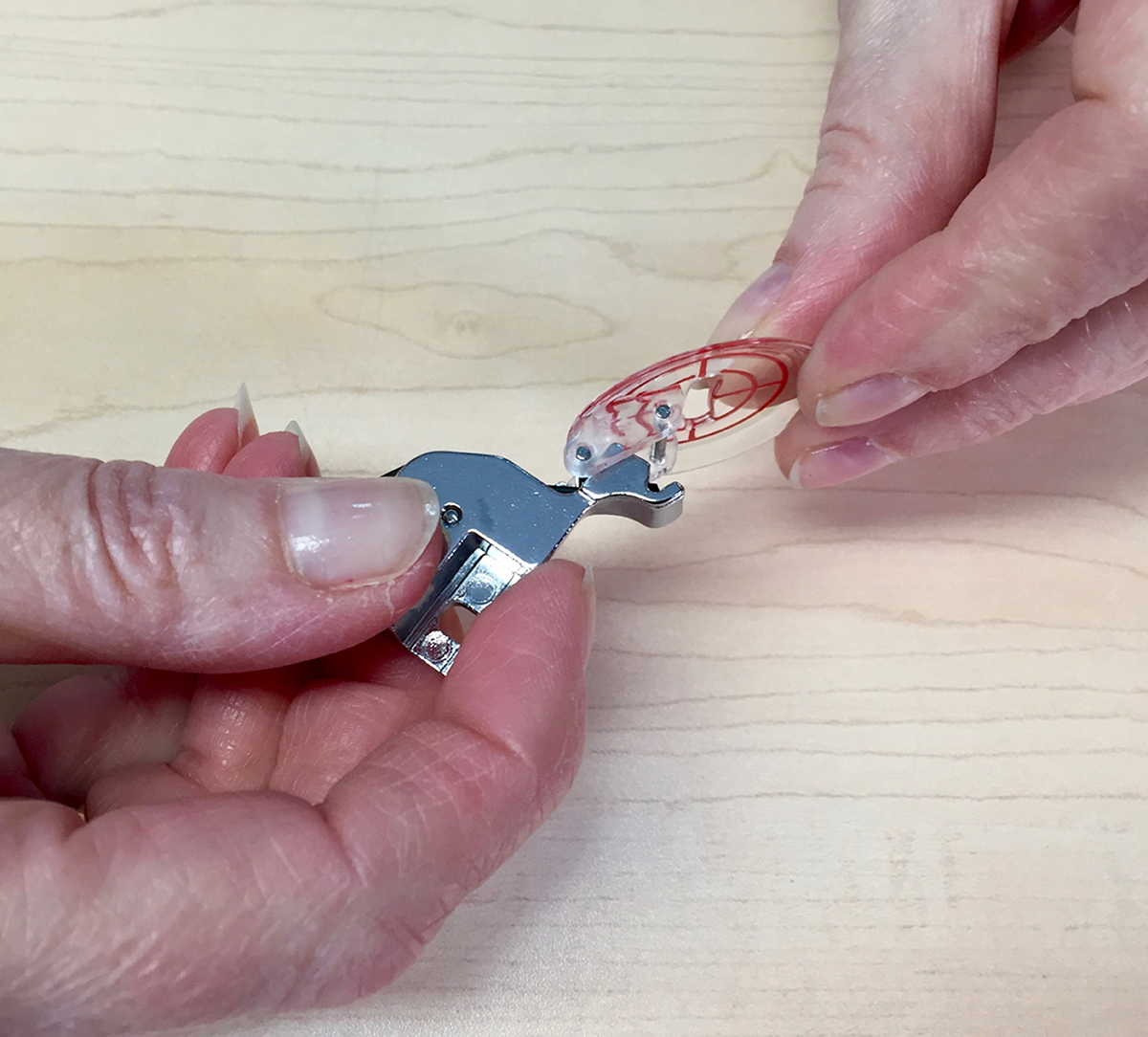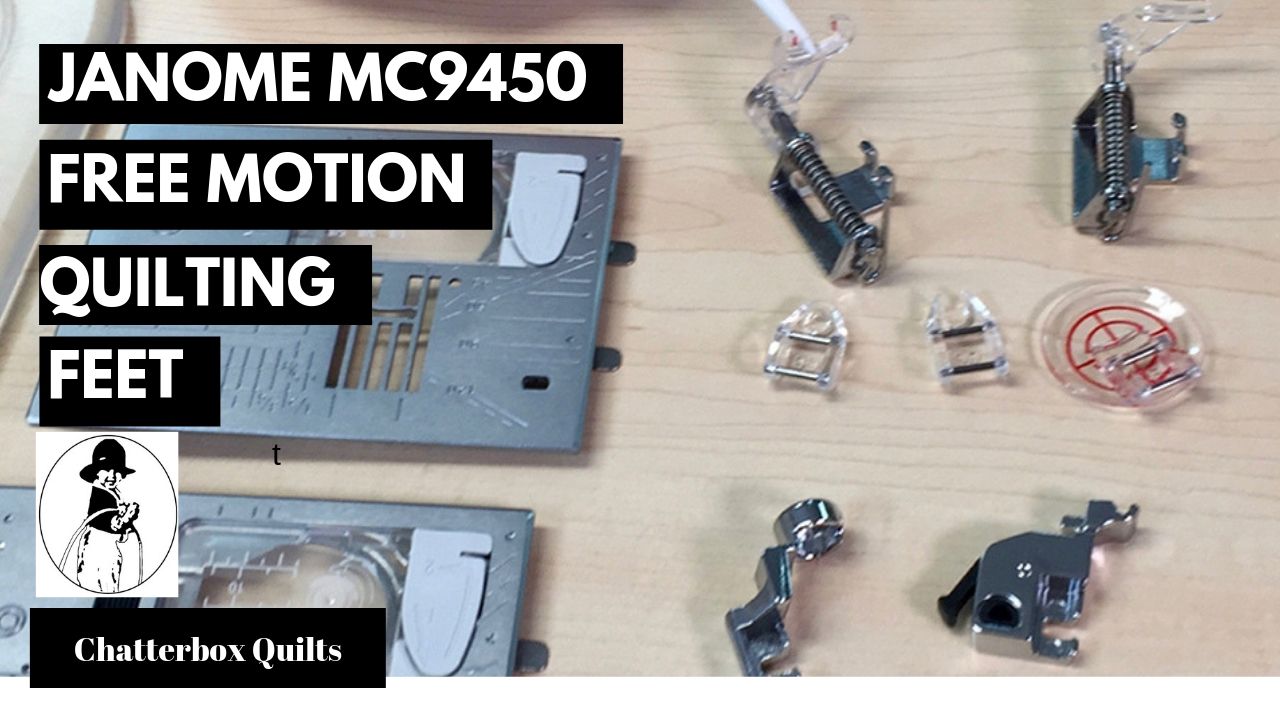The reason people don’t find time to quilt is that they don’t prioritize it … and the reason they don’t prioritize it is that they don’t believe they deserve to spend time quilting. Your hobby is as important, or more so, than many other things in your life that take up your time.
How to Quilt as You Go
Have you tried the Quilt as You Go or QAYG (try and pronounce that acronym!)? If you haven’t, you’ll have to try it. It is fun and, while you can create a regular block with it, I like to use an improvisational approach to this technique.
Getting Fabric from Clothing
You don’t have to go to a quilt store to get fabric to use in your projects. Let’s talk about other places you can source fabrics for your quilting addiction, I mean, hobby.
NOTE: These are previously published videos so they might look a bit familiar, but if you haven’t yet watched them, they are worth a look.
While quilters typically use cotton fabrics in their projects, other natural fibre fabrics, such as linen, wool and silk can also be used especially in appliqué projects or as embellishments. These fabrics can be expensive, so I like to source them at thrift shops. Yes, I buy clothing to cut it up for its fabric. Don’t judge!
For silk, I like to buy men’s ties. There is more fabric than you’d realize in a tie. Be sure to check the label to ensure that it is 100% silk. For more tips on what to look for and how to dissect a tie, watch my How to get Fabric from Ties video by clicking on the image below.
You can easily find wool in various garments at the thrift shop. I like to look for 100% wool sweaters and also men’s jackets and pants. Again, checking labels is a crucial part of this as you want to ensure that you purchase 100% wool items. Find out more about how to take apart sweaters and jackets to get that precious wool fabric. I have two videos: How to Get Wool from Sweaters
and
How to Get Wool Fabric from Jackets with information on how to do this.
Thrift stores aren’t the only places to get fabric: there are estate sales and other types of sales that you might find in your location where you can get fabrics at amazingly low prices. In Finding Fabric for Projects, I’ll show you some of the fabrics I was able to pick up at the annual Ujamaa Grandma’s sale in Calgary as well as items I did find at the local Goodwill Store.
Do you find fabric in unusual places? Let me know the places from which you source your fabric for your quilting projects in the Comments below .
Creatively,
P.S. Do you strive to improve your quilting skills? Do you want to have fun doing it? Do you want to meet other quilters in a supportive, safe environment? If you answered “yes” to these questions, you need to join The Quilter’s Way. The Quilter’s Way is the only quilting membership site that includes both training and an active, supportive online community. It’s not your grandmother’s quilting circle! Don’t wait another day! Join now.
P.P.S. Did you know that you can sign up to receive emails full of FREE quilting goodness? Click here to receive FREE content directly in your email inbox every few weeks from Chatterbox Quilts. I know you'll be glad you did!
P.S. I am an Amazon affiliate and, if you purchase items by clicking through the links in this post, I will receive a small amount of commission. This doesn’t cost you any more $$$, but helps me to continue creating free content for you. Thanks!
Free Motion Quilting Feet for the Janome MC9450
Quilters are always asking me what feet and settings they should be using for free motion quilting on the Janome MC9450. It’s a good question because there are a variety of feet that are included with the Janome MC9450. Let’s take a look at the free motion quilting feet that come with the Janome MC9450 and learn what settings to use for each of them.
Let’s start with the most common free motion quilting foot, the PD-H foot. It’s often called the darning foot, but it works so well for free motion quilting. There are actually two of them included with the Janome MC9450 – a closed-toe foot and an open-toe foot. They both operate the same way and I like to use the open toe foot as it has great visibility. The only thing you need to be careful of when using an open-toe foot, is that you don’t get caught on only loose threads or on appliqué pieces.
PD-H Open-Toe Darning Foot
There are three other free motion quilting feet that you can use with the Janome MC9450: the QO (free motion quilting open-toe foot), the QC (free motion quilting closed-toe foot), and the QV (free motion quilting zigzag foot). These are quite big names for such small feet! The QO and QC feet are, like the PD-H feet, the same except that one is open while the other is closed. Can you guess which is which?
QO Free Motion Quilting Open-Toe Foot
The QV foot works really well for quilting around appliqué pieces as its saucer shape allows you to get really close to those pieces without worrying about getting snagged on them. All of these feet fit on the regular foot holder.
QV Free Motion Quilting Zigzag Foot
The last “free motion quilting” foot that comes with the Janome MC9450 is the QR, ruler foot. I never know whether to consider ruler quilting as free motion quilting, but I consider it the same as the machine is set up the same way as I would have it set up for free motion quilting. The big difference is that you will be using the QR foot with a ruler (make sure you are using one specifically for ruler quilting on your sewing machine; the quilting rulers you use for cutting will not work for this application). The QR foot is already attached to a foot holder and it is easy to distinguish with its high base.
QR Ruler Foot
There are certain settings to use with each of these feet and if you click on the image below, you can watch the video that explains all of the various choices.
Give the various free motion quilting feet on the Janome MC9450 a try to see which one you like to use for various types of free motion quilting. There’s a free motion quilting foot for every application.
What free motion quilting foot do you like to use on your Janome MC9450? Leave a Comment below to let me know your preference.
NOTE: If you have upgraded your Janome MC9400, you will also have these feet and the settings will be the same.
Creatively,
P.S. Are you serious about improving your quilting? Do you want to connect with other committed quilters in a supportive, safe environment? If you answered “yes” to these questions, you need to join The Quilter’s Way. The Quilter’s Way is the only quilting membership site that includes both training and an active, supportive online community. Don’t wait another day! Join now.
P.P.S. Did you know that you can sign up to receive emails full of FREE quilting goodness? Click here to receive FREE content directly in your email inbox every few weeks from Chatterbox Quilts. I know you'll be glad you did!
P.S. I am an Amazon affiliate and, if you purchase items by clicking through the links in this post, I will receive a small amount of commission. This doesn’t cost you any more $$$, but helps me to continue creating free content for you. Thanks!
How do you Stitch the Perfect 1/4" Seam?
All quilters know that achieving a “perfect” ¼” seam is the standard of excellence in quilting, but sometimes you might want to use a scant ¼”, especially when you have a multi-seamed project.


